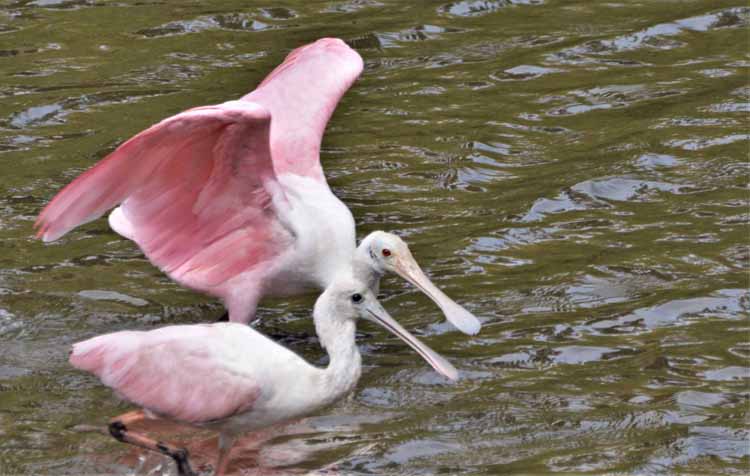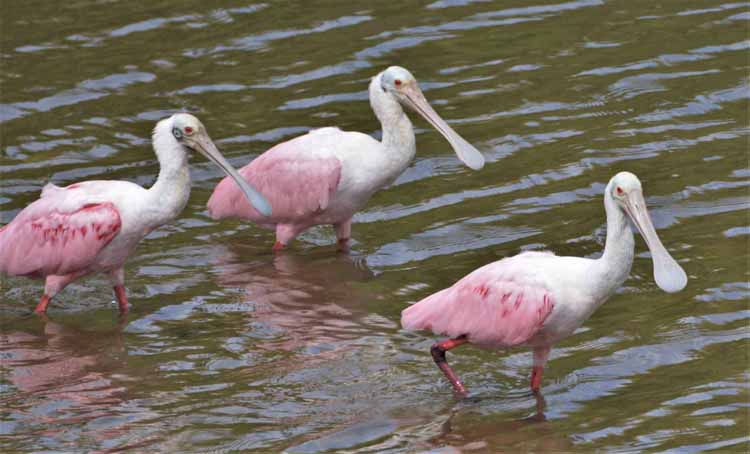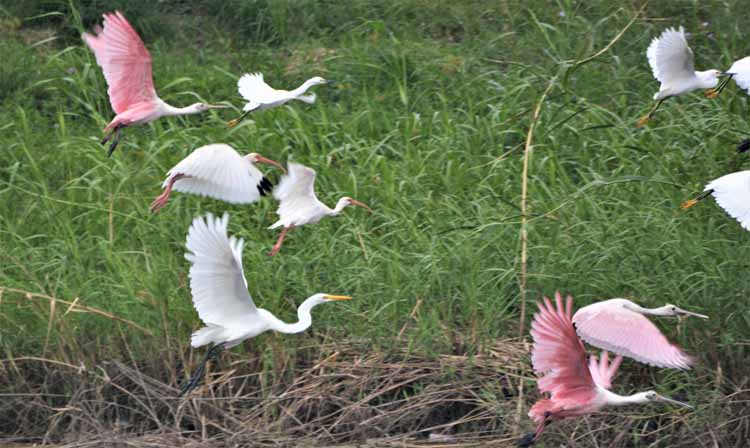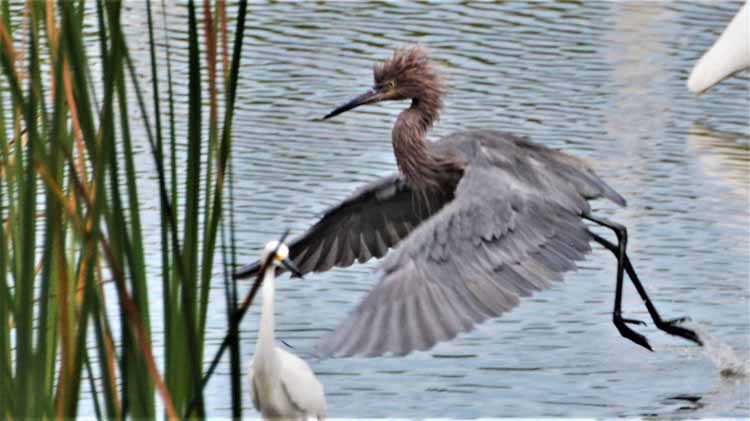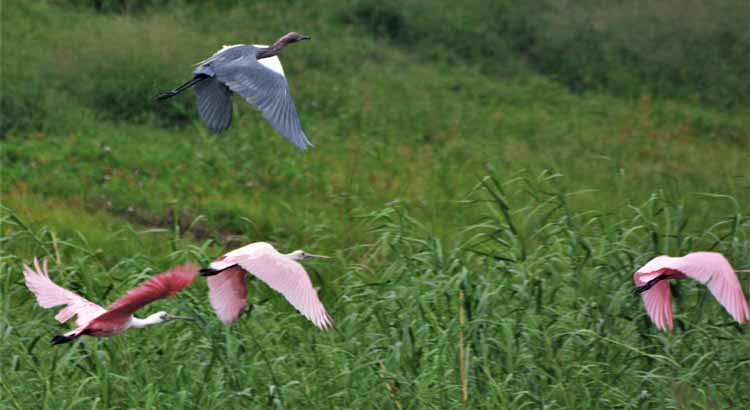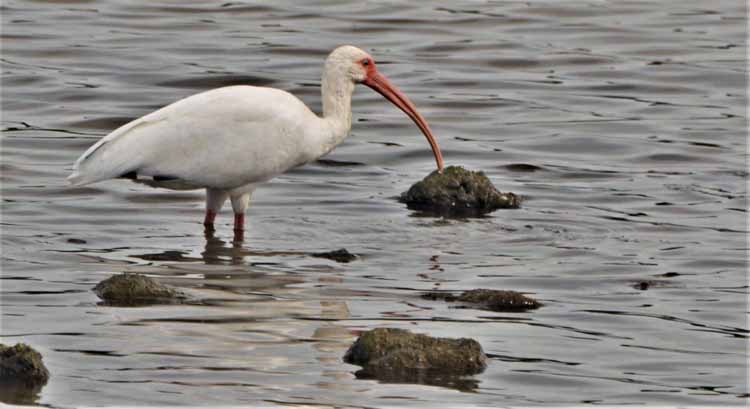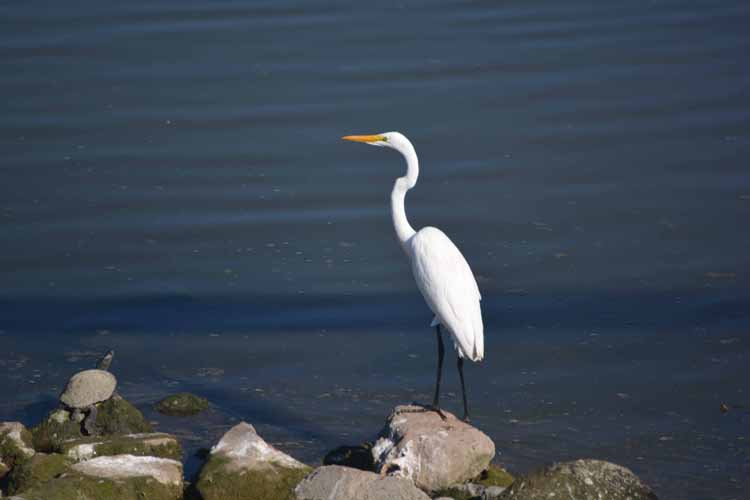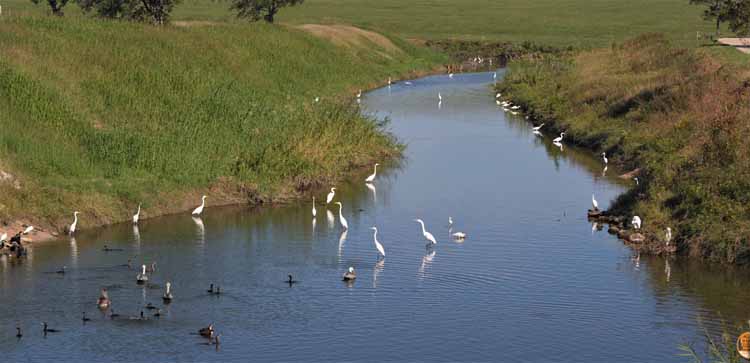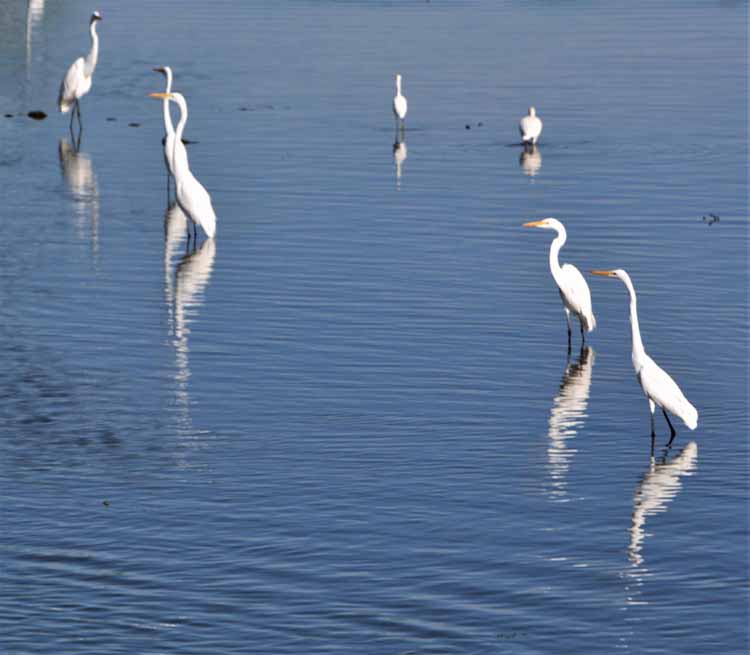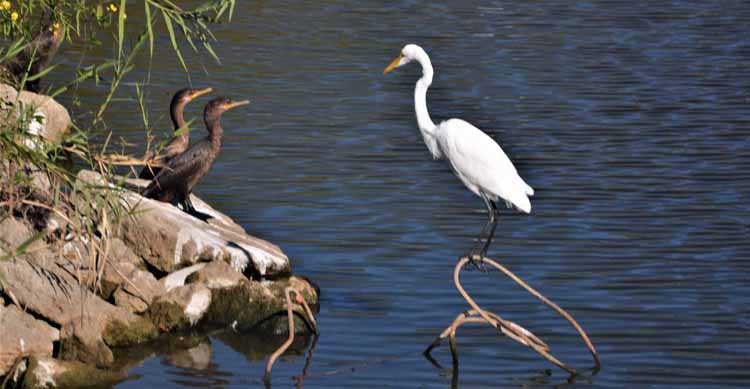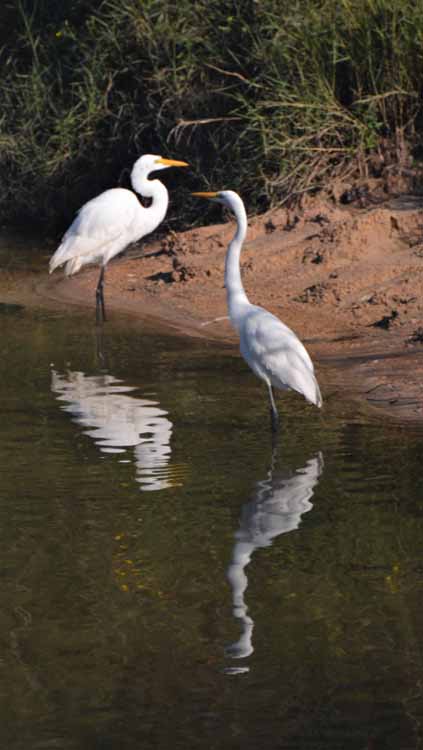the wandering chick
...Shorebirds of the Texas coastline
(and maybe of other places, too)
Two things prompted the creation of this page. I recently took a trip down to Surfside, Texas, with a travel friend to check out the place. It's located down by Freeport, over the San Luis Pass off Galveston's west end. We were told of driftwood that collects there, and that's what piqued my interest in going, not knowing we would happen upon a colony of Roseate spoonbills. The pink beauties were much more exciting than piles of driftwood, which, by the way, we never found. The spoonbills we came upon held our attention captive for close to or more than an hour. We felt we were floating on soft pink clouds.
Another reason for creating this page is that I noticed my Galveston page, where I was posting my bird shots, was becoming nearly monopolized by...well, bird shots. I feel I have enough new ones to justify a separate page dedicated just to the shorebirds. Afterall, there's a LOT more to Galveston than the birds.
A link between the two pages will make it easy to move from one to the other. It's at the bottom of this page. Enjoy and thanks for visiting.
.jpg)
.jpg)
.jpg)
.jpg)
Nestled in the brush among the spoonbills were several yellow-crowned night herons. They all seemed to co-habitate well. In fact, it's not uncommon for ibises, herons and spoonbills to share nesting grounds.
I can't tell if the smaller bird has yellow feet, which would make it a snowy egret.
Two adult sandhill cranes were seen amidst the saltgrasses of Galveston's west end.
Great blue herons are a common sight just about anywhere there are bodies of water.
A cormorant catches a hefty-sized snack in the water of Surfside's beach.
The Texas coastline is graced with the Roseate Spoonbill. Absolute gorgeous long-legged wading birds, they stand nearly three feet tall. Their coloring ranges from white to a rosy pink, depending upon their age as well as, according to some scientists, the amount of carotenoids found in the shrimp they eat. Their unique bill is what gives them their name, flat and spreading at the end. Spoonbills eat in a sweeping motion, side to side, skimming the shallow muddy waters for small fish and crustaceans. They nest in colonies, are monogamous for only one season and have an average life span of ten years. They are not usually found much farther north than the Texas coast and are more plentiful farther south in Central and South America. In the 1800s they were hunted for their pink plumage, nearly to the point of extinction, to be worn as decoration in women's hats.
My Galveston page has earlier shots of many types of wading birds found in the area. Feel free to jump over to that page. Or, you can return to the Texas home page for more Texas locations.
Thank you for visiting these photo pages.
If you're interested in seeing more, please return to my Main Menu at the bottom of my home page and make your selection.
All images within thewanderingchick.com Web site are copyright protected. They may not be downloaded or otherwise copied.
Please contact me if you think a particular photo or set of photos can be used in your publication.
This and the next two shots of the Great Blue Heron were taken in Surfside, Texas, just off Glaveston Island's west end.
A Green Heron (here and below), not as common as the Great Blue
San Leon, a fishing village on Galveston Bay, is not only known for its oysters. It's also the home of the Monk Parakeets, the only type of parrot to build huge nests atop telephone and power poles. The parakeets on occasion arrive in my area some 20 miles away. A neighbor keeps them fed on common bird feed which they seem to like. Monk parakeets are not shorebirds, of course, but I've included them since they do reside year round in the coastal town.
Monk parakeets are an aveage 11 inches long with a wingspan of 19 inches. They way 3.5 ounces.
There's something about this pose that makes me think this blue heron is walking away mad.
The next several shots were taken at the Texas City Dike's Skyline Drive. I went in search of spoonbills, but was happy to see them sharing the waters with various other shorebirds as well. Seen on this day, in addition to the spoonsbills, were the great blue heron, the reddish heron, white egrets, cormorants, , brown pelicans, ibis, and a huge squadron of white pelicans, which came as a complete surprise.
Seen here flying are the spoonbill, the white egret and the white ibis with its curved bill.
The reddish heron has a peculiar way of catching his food, completely different from any other bird. To see it, you might think he's gone berserk. By "dancing" around in the water, wildly heading off in circles or opposite directions in a crazy-like manner, he's actually stirring up the waters to get his prey to the surface.
Seen here in flight are the spoonbills and the great blue heron.
White pelicans
White ibis
White egret and turtle
It looks like we might have a conversaton going on here between a couple of cormorants and a white egret.
.jpg)
.jpg)
.jpg)
.jpg)
.jpg)
.jpg)
.jpg)
.jpg)
.jpg)
.jpg)
.jpg)
.jpg)
.jpg)
.jpg)
.jpg)
.jpg)
.jpg)
.jpg)
.jpg)
.jpg)
.jpg)
.jpg)

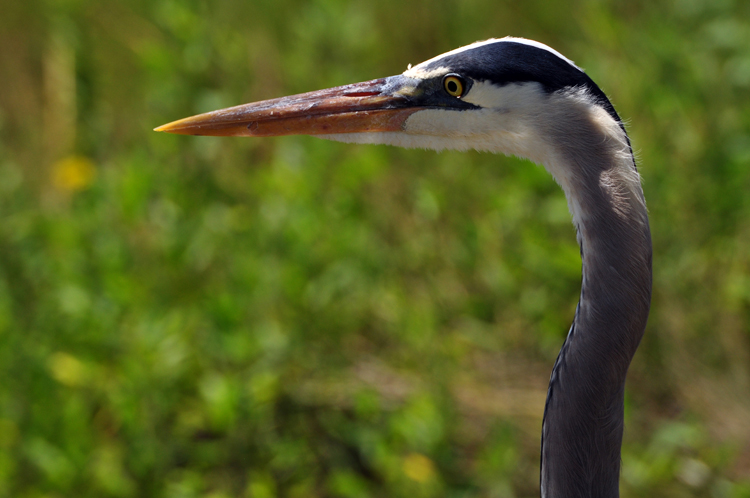
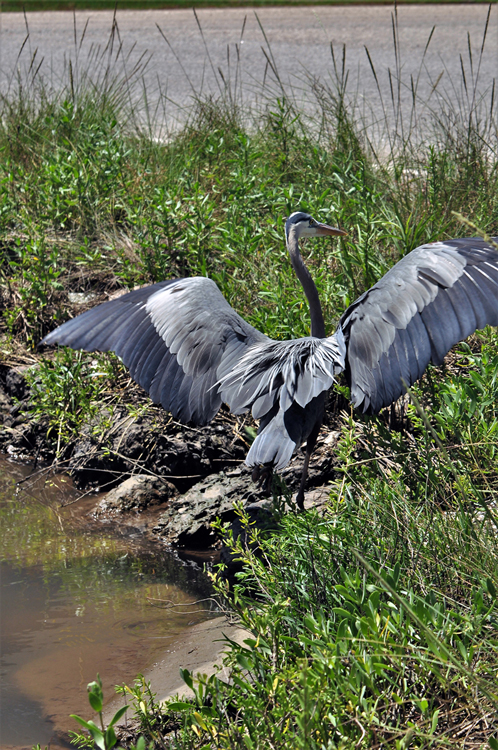
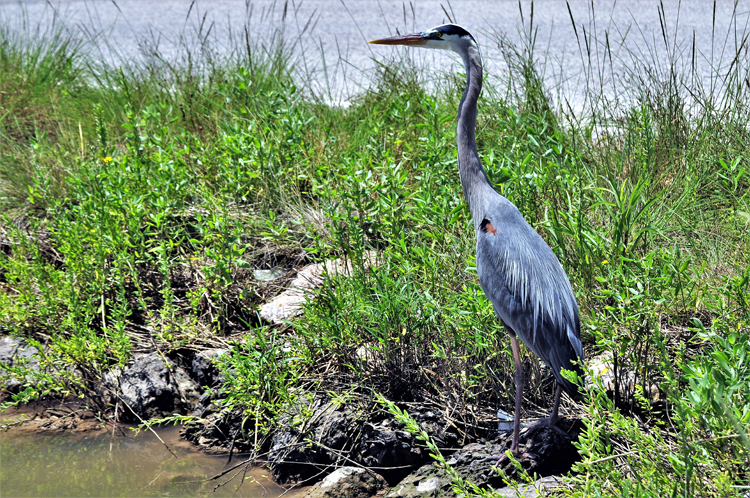
.JPG)
.JPG)
.JPG)
.JPG)
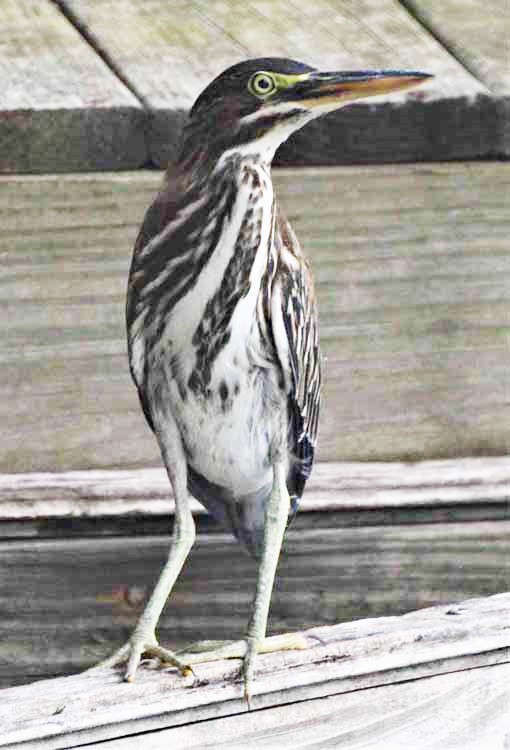
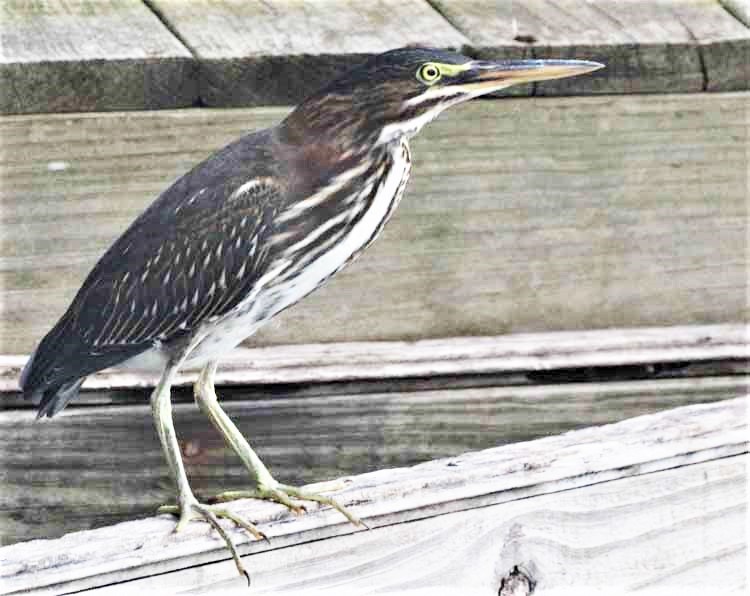

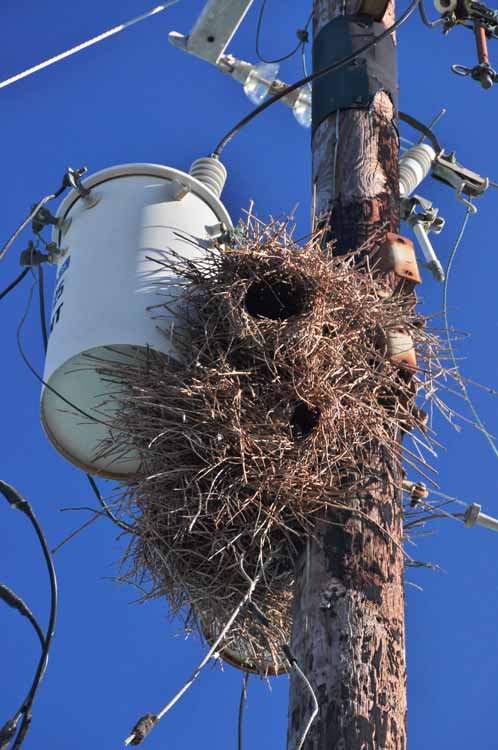
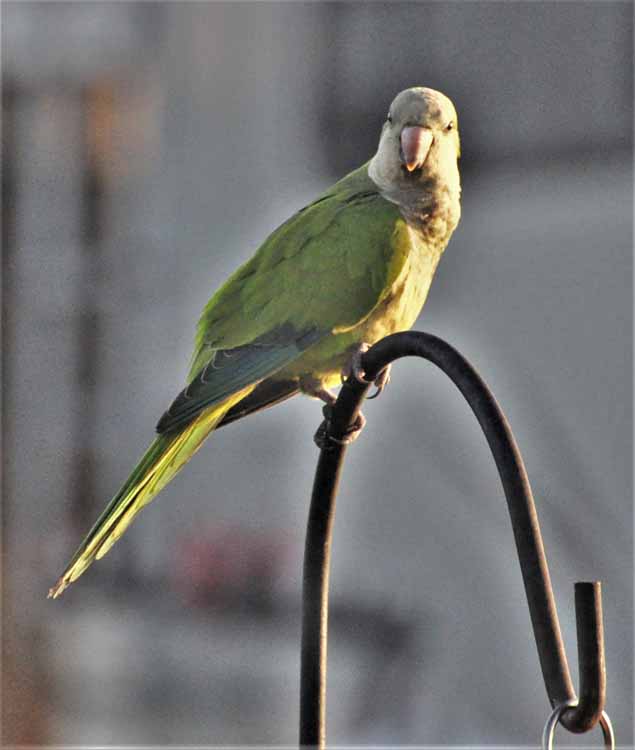
parakeets.jpg)


